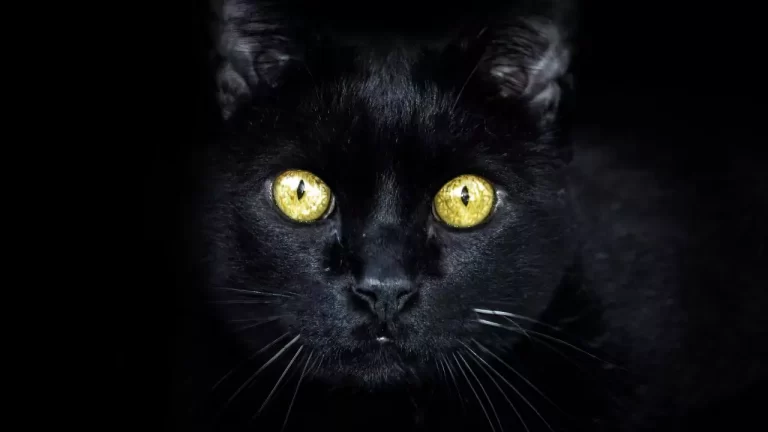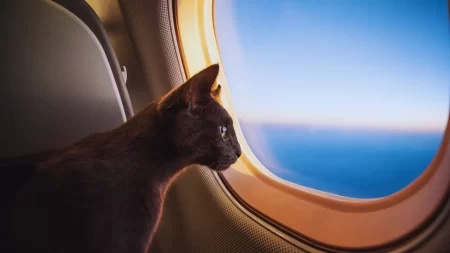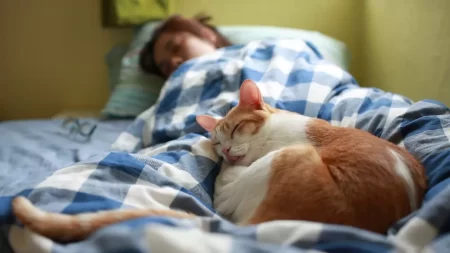Cats have excellent night vision and can see six to eight times better than humans in the dark. They can see in about one-sixth of the light that humans need.
Cats see the world mostly in shades of gray, with tinges of blue and yellow, and possibly a bit of green. They can’t see fine detail or rich color. However, they are very good at detecting small movements and noticing fast details.
How Cats See in the Dark?
The secret to a cat’s remarkable night vision lies in their eyes. Unlike humans, who rely heavily on cones for color vision, cats possess a significant number of rods in their retinas. These rods are sensitive to dim light, allowing them to gather more photons and see better in low-light environments.
Furthermore, their pupils can expand to much wider diameters than ours, flooding their retinas with even more light. However, this comes at the expense of sharpness, making them near-sighted and unable to focus on distant objects clearly.
Differences in Cat and Human Night Vision
While cats can see exceptionally well in low light, their vision differs significantly from ours in several key ways:
- Color perception: Cats lack the cones needed for vibrant color vision, seeing primarily in shades of grey, blue, and yellow. While some research suggests they might have limited green perception, their world remains predominantly monochrome.
- Hunting advantage: This limited color perception isn’t a disadvantage for cats. In fact, it enhances their ability to hunt at night, as prey movements stand out more against a muted background.
- Different world view: The world through a cat’s eyes isn’t just black and white; it’s more like a subtle, artistic landscape bathed in cool tones. Imagine the world with an “Insta-filter” permanently applied, highlighting shadows and shapes rather than vibrant colors.
Enhancing Features of Cat’s Eyes for Night Vision
Several unique features in a cat’s eyes contribute to their superior night vision:
- Tapetum lucidum: This reflective layer behind the retina acts like a mirror, reflecting light back through the photoreceptor cells, allowing them to capture more photons and further enhancing their vision in low light.
- Large cornea and pupil: The larger size of the cornea and pupil allows more light to enter the eye, providing a wider field of view and enhanced light gathering capabilities.
- Vertical slit pupil and dilation: The vertical slit pupil offers greater control over light intake, allowing them to adjust their vision based on the available light. This ability to dilate significantly further widens the pupil, maximizing light capture in low-light conditions.
- Feline-specific retinal structure: The unique arrangement of photoreceptor cells in a cat’s retina further optimizes their vision for low-light environments.
While we may never fully understand the world through a cat’s eyes, exploring their remarkable night vision helps us appreciate the adaptations that make them such efficient hunters and masters of the night.







